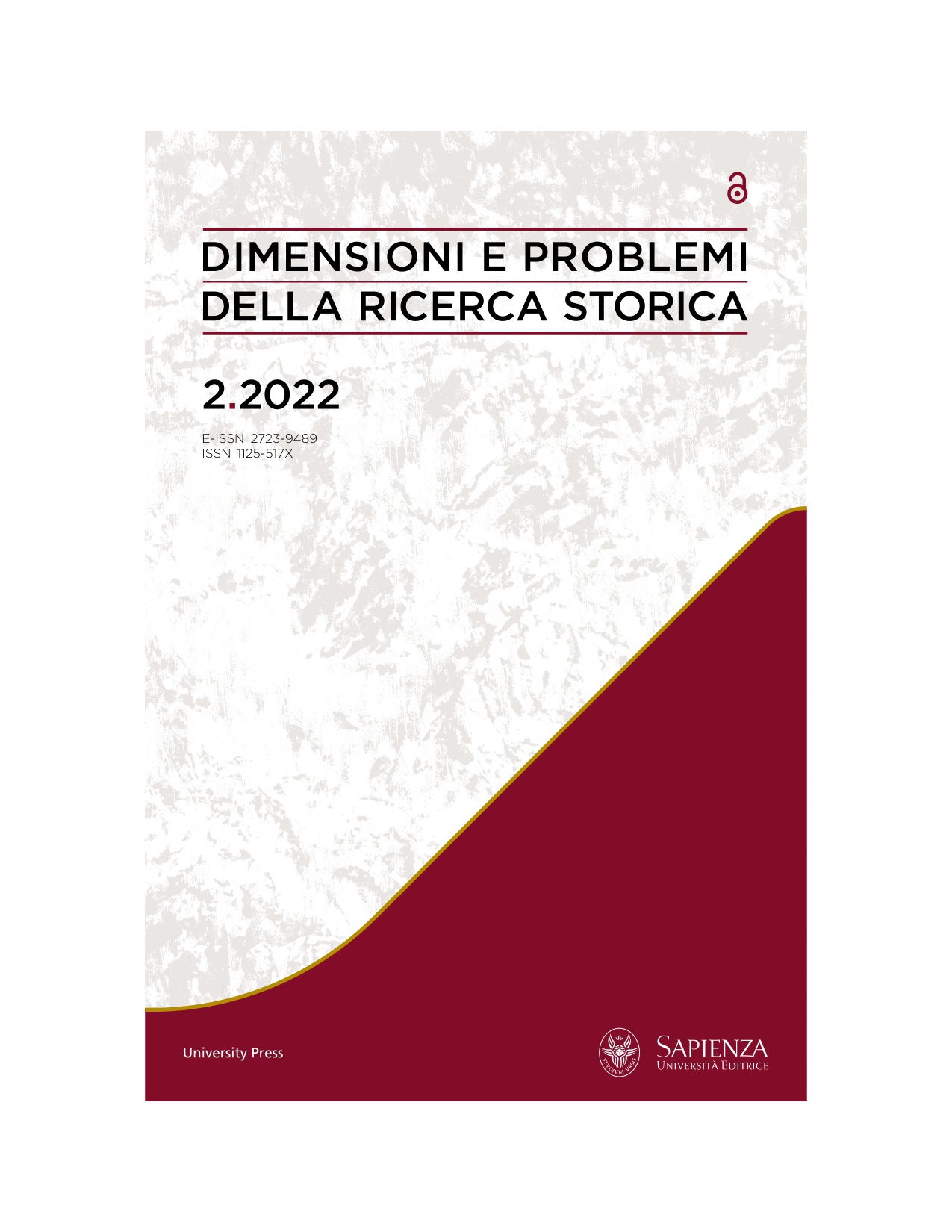The Military Revolution in Hungary and Transylvania in the 16th and 17th Centuries
DOI:
https://doi.org/10.13133/2723-9489/1477Parole chiave:
French historiography, Military history, Longevity and contemporary relevance of the concept of ‘military revolution’Abstract
This paper examines the impact of the military revolution in the Kingdom of Hungary and in the Principality of Transylvania specifically in areas where the transformation is as evident as in the Western European countries: the introduction of the new system in designing defensive fortifications; the proliferation of firearms; closely related to the latter, the transformation of the various military forces and especially that of the infantry; and, finally, the issue of the standing army.
The Kingdom of Hungary and the Principality of Transylvania were in a very special situation, partly because of the Ottoman threat and partly because of the division of the Kingdom of Hungary into three parts – challenges the like of which no Western European country had to face. Consequently, the effects of the military revolution were felt somewhat differently here than elsewhere. In fact, the Kingdom of Hungary and the Principality of Transylvania adopted almost all the elements of the phenomenon known as the Military revolution. In some cases the former was demonstrably not an adopter but the actual starting point. The question may be raised whether the profound military changes of the period had any elements at all that could be observed in the Carpathian Basin in a form identical to what is seen in Western Europe, or, alternatively, whether the aforementioned divergences and, occasionally, opposing trends even justify the application of the very categories that Western European military historians use in discussing these changes in military affairs.
##submission.downloads##
Pubblicato
Fascicolo
Sezione
Licenza
Copyright (c) 2023 Tamás Kruppa

Questo lavoro è fornito con la licenza Creative Commons Attribuzione - Non commerciale - Condividi allo stesso modo 4.0 Internazionale.


